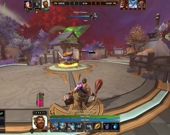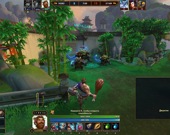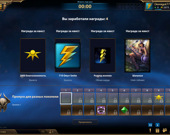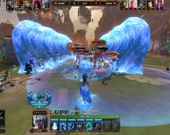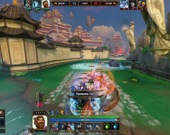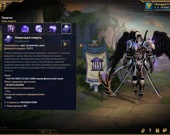Smite Game Review
MOBA is one of the most popular genres among conventionally free online games. And we are used to the fact that, as a rule, they are role-playing strategies in isometric perspective and with the possibility of strategic control from above. However, there are other examples, and very successful ones at that - for example, one of the most notable MOBAs on the market is Smite, which is similar to a third-person action game. How has the change of perspective changed the gameplay, why the game, released in 2014, is still popular and what the future holds? Will try to answer in our review.
About gameplay
Smite was released in 2014, a year after the release of DOTA 2 and 5 years after the release of League of Legends. The MOBA genre was at the peak of popularity at the time, and the developers from Titan Forge made a game in the same format. Smite's main mode, Conquest, is almost exactly like the similar ones from DOTA 2 and LoL. Players are divided into two teams of 5 and find themselves on a large map, on opposite sides of which there are two bases. There are three roads leading to them, along which AI-controlled bots (minions) run from our base to the enemy base. Players must accompany them to destroy the enemy base. And on their way there are not only opponents, but also defensive towers, phoenix bird (acts as the same tower) and a huge titan, which is the last bastion of defense.
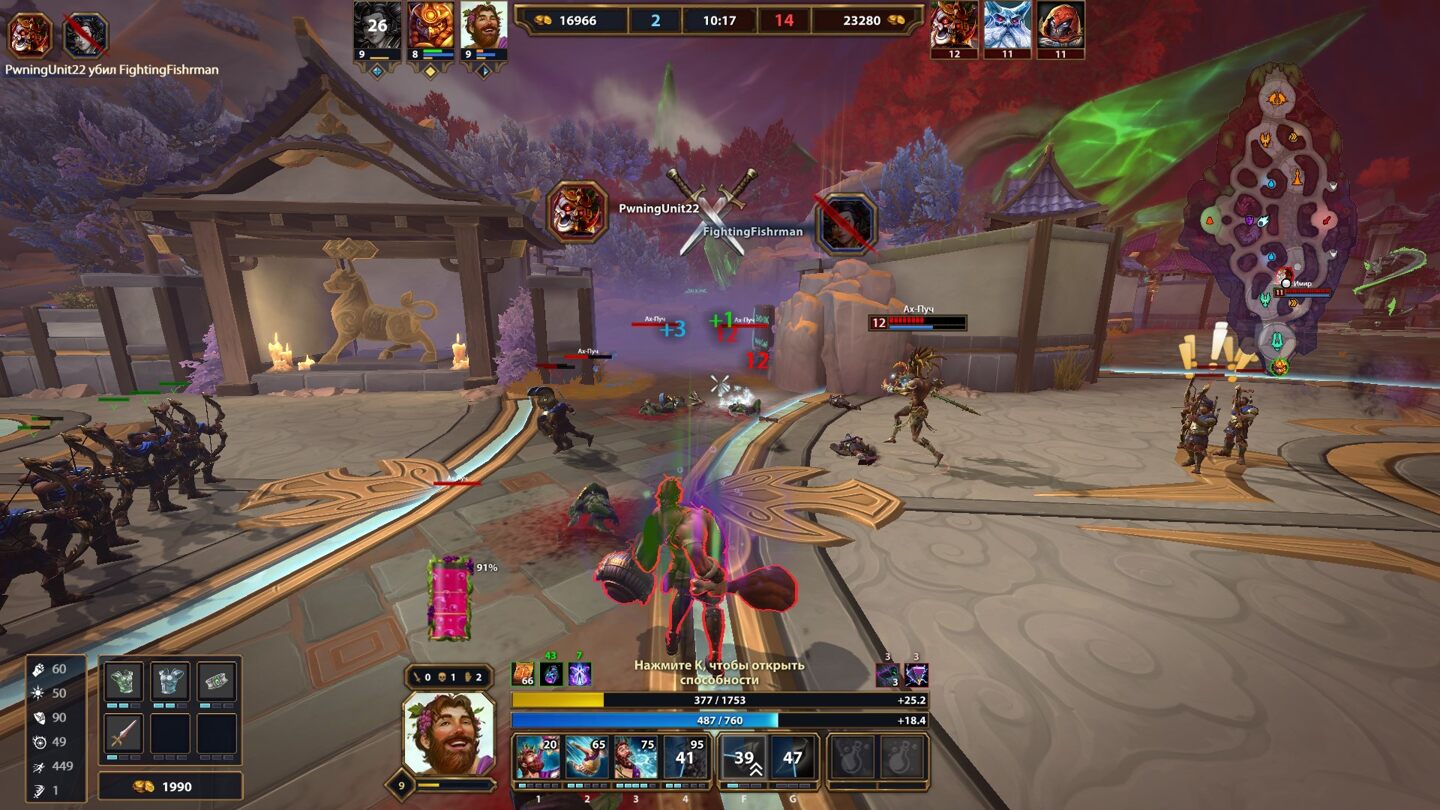
Defeating enemy minions, but mainly heroes, you earn money and experience, get new levels. For money at the base you can buy various useful items, consumables, relics, glaives and shards. Here we return to restore our health. In addition, there are jungles on the maps, where camps of neutral monsters and bosses are located - killing them gives serious bonuses to attack, speed, mana inflow and so on (depends on who you defeated).
The rest of the modes are variations of Conquest. For example, in "Duel" two teams of three players fight, and on the map there is only one path to the bases, where, accordingly, each team has one tower, one phoenix and one titan. If you defeat a neutral boss, the enemy turret or phoenix will not be able to attack. In addition, defeating him will give the entire team a bonus to health and mana regeneration. "Assault" is similar to "Duel", but there is no jungle with neutral enemies, limited opportunities to buy items, you can not return to the base to restore health - everything is subordinated to the task of advancing your minions to the enemy base and destroy the titan guarding it.
The rest of the modes are variations of Conquest. For example, in "Duel" two teams of three players fight, and on the map there is only one path to the bases, where, accordingly, each team has one tower, one phoenix and one titan. If you defeat a neutral boss, the enemy turret or phoenix will not be able to attack. In addition, defeating him will give the entire team a bonus to health and mana regeneration. "Assault" is similar to "Duel", but there is no jungle with neutral enemies, limited opportunities to buy items, you can not return to the base to restore health - everything is subordinated to the task of advancing your minions to the enemy base and destroy the titan guarding it.
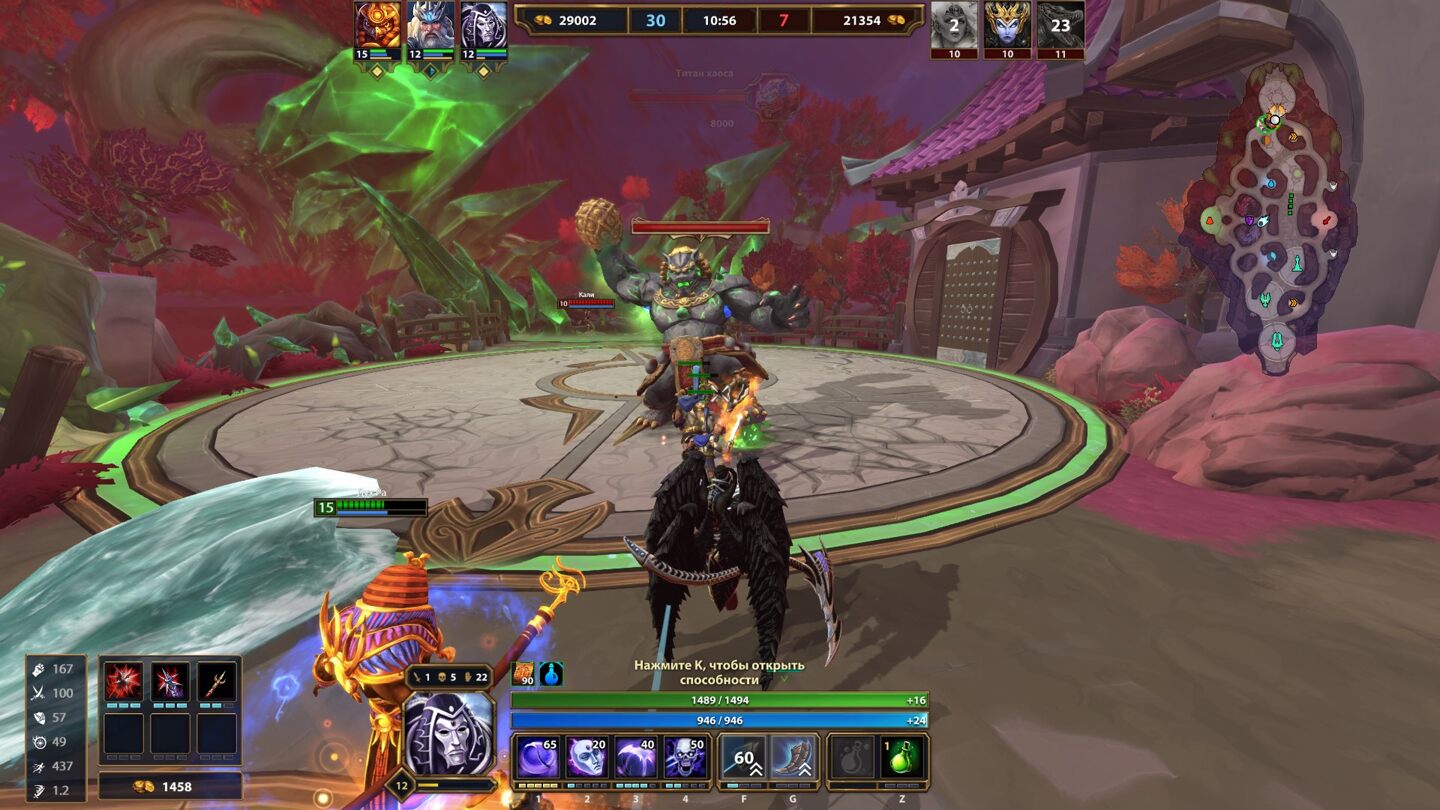
Finally, there is no one but players and minions in the Arena - no towers, no phoenixes or titans. 10 people are fiercely pummeling each other, trying to protect their own and destroy the enemy portal. The first to reduce the enemy team's score to zero wins. You can create minotaurs in the process (if you kill 10 enemy heroes).
About heroes and gods
However, as we said, all of these familiar MOBA genre exercises are played out in a third-person action format rather than an isometric strategy game with action/RPG elements. This had two important consequences. First, the game has become more understandable and accessible compared to DOTA 2 and League of Legends. Isometric MOBAs give you a bird's eye view of the entire map, but at the same time it requires more concentration and ability to analyze the whole situation, while in action mode you are responsible only for your specific hero. Secondly, there is more dynamics in the spirit of the usual fantasy action movie with pumping.
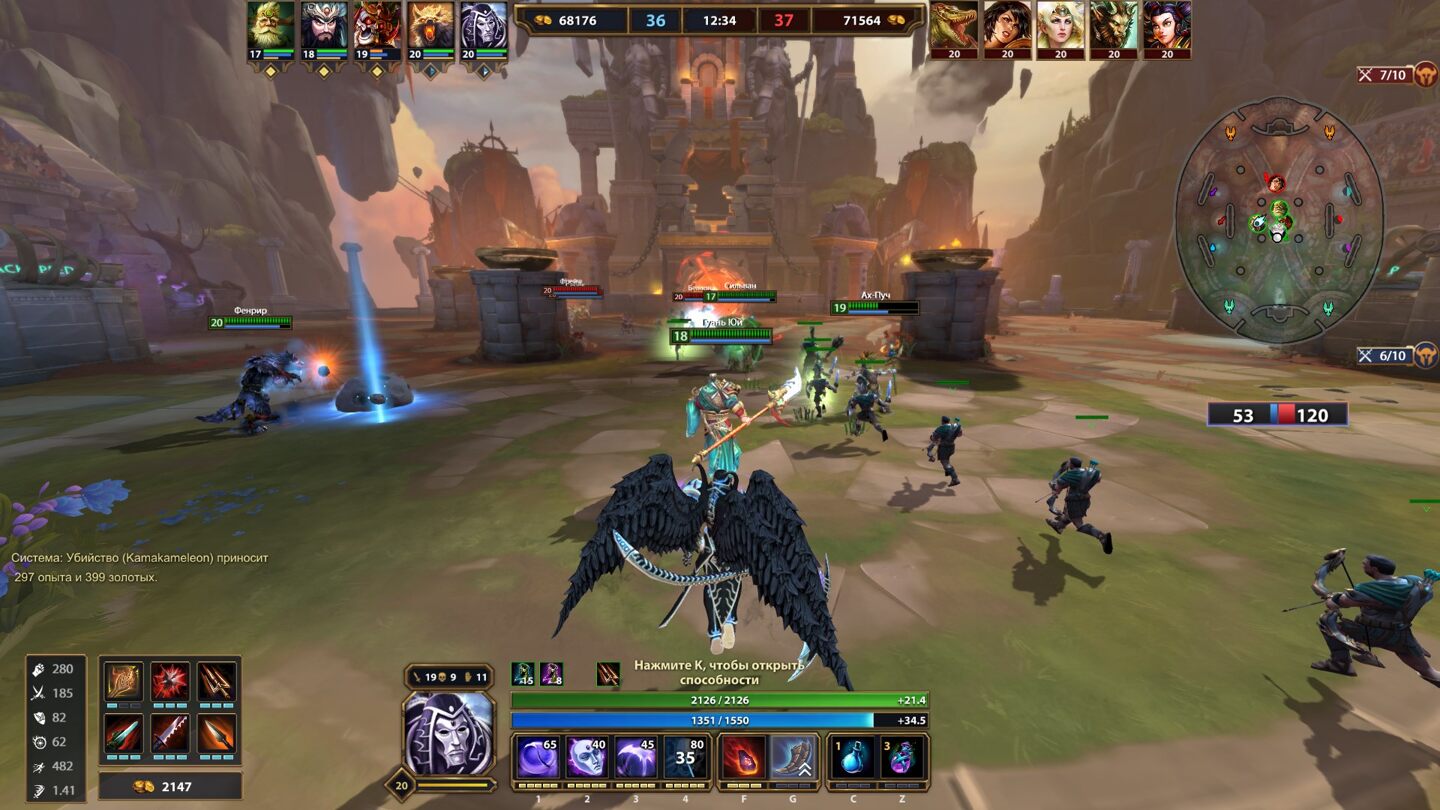
Another important difference of Smite is that the heroes here are gods from various cultures, as well as mythological creatures from well-known settings. This is, of course, more of a cosmetic difference, but nevertheless, it allows you to expand the arsenal of heroes and make them more original and interesting - including through collaborations with different universes, famous characters from games and movies. That's why Ra, Chernobog, Zeus and, for example, Cthulhu can come together in one match. All gods are divided into four main classes - warriors, hunters (essentially archers), mages and guards (responsible for support in close combat and withstand the most damage like "tanks"). In addition, as in a typical MOBA, heroes fulfill different roles, especially important in the "Conquest" mode - there are classic "foresters", "miders", "kerry", "sapports".
There are 5 free gods available at the start. Then you can buy new ones for the earned in-game currency. In addition, some heroes periodically become available for free. Naturally, each god has its own set of unique skills. And they are also very original and thematic. Zeus, understandably, arranges thunderstorms, Poseidon - raises storms and periodically calls Kraken.
There are 5 free gods available at the start. Then you can buy new ones for the earned in-game currency. In addition, some heroes periodically become available for free. Naturally, each god has its own set of unique skills. And they are also very original and thematic. Zeus, understandably, arranges thunderstorms, Poseidon - raises storms and periodically calls Kraken.
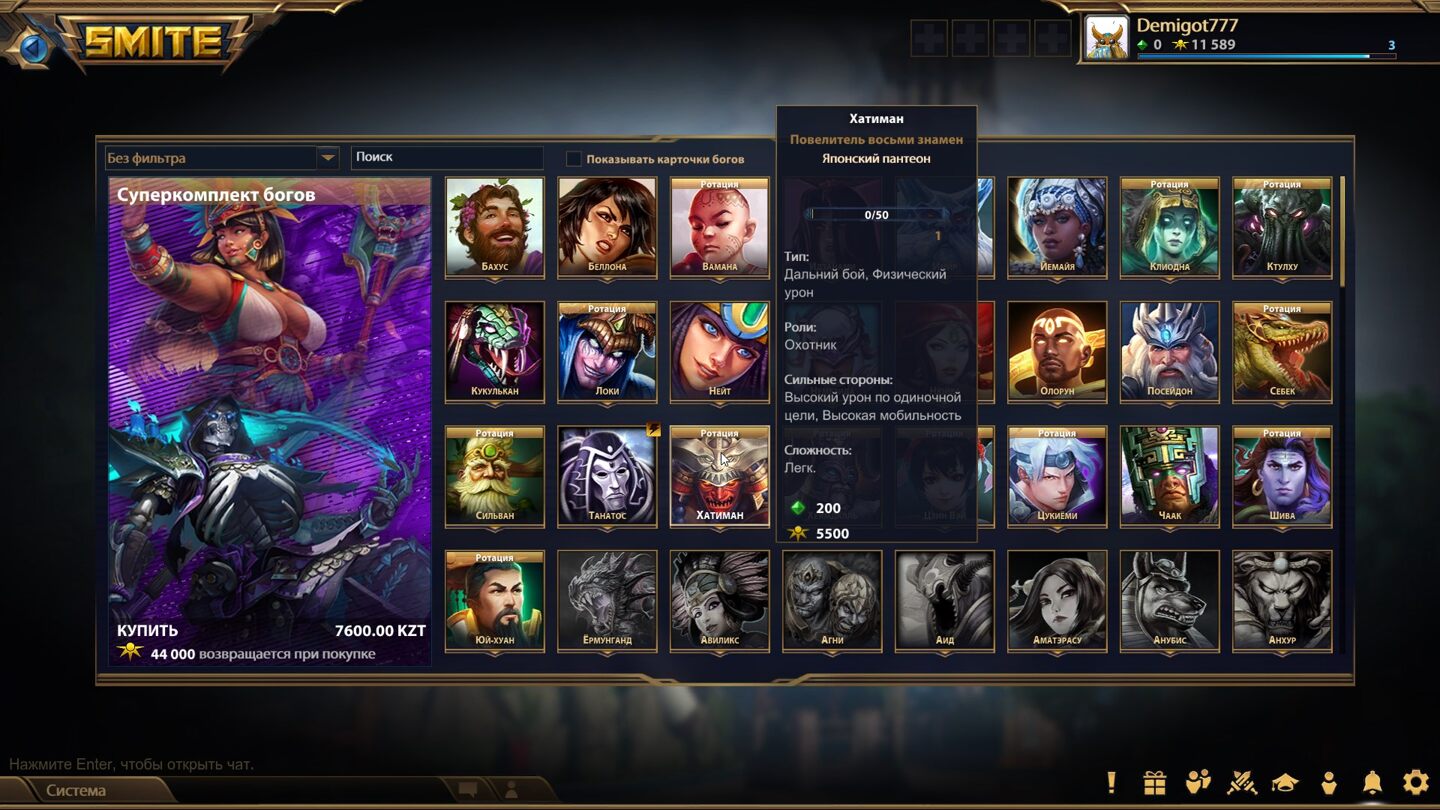
The jolly god Bacchus can jump his beer belly on the ground to throw enemies into the air. In battle, he is constantly tapping on the bottle and with each kill of an enemy deity increases the level of intoxication - the higher it is, the stronger Bacchus is. In general, the sense of humor in the game is good. After each match, depending on the player's success, he is shown a funny scene with his character.
For successful actions in matches we get worship points, which go into the piggy bank of the god you played - it increases his global level and shows how much you have mastered it. The more gods of level 10 or higher you have on your account, the higher your mastery score. The account itself, by the way, is also gradually pumped up - by participating in matches and events, performing daily and weekly tasks and so on. And all this not only gives a reason to be proud and boast before others, but also opens quite specific advantages and new opportunities. For example, the availability of some modes depends on the level of your account.
For successful actions in matches we get worship points, which go into the piggy bank of the god you played - it increases his global level and shows how much you have mastered it. The more gods of level 10 or higher you have on your account, the higher your mastery score. The account itself, by the way, is also gradually pumped up - by participating in matches and events, performing daily and weekly tasks and so on. And all this not only gives a reason to be proud and boast before others, but also opens quite specific advantages and new opportunities. For example, the availability of some modes depends on the level of your account.
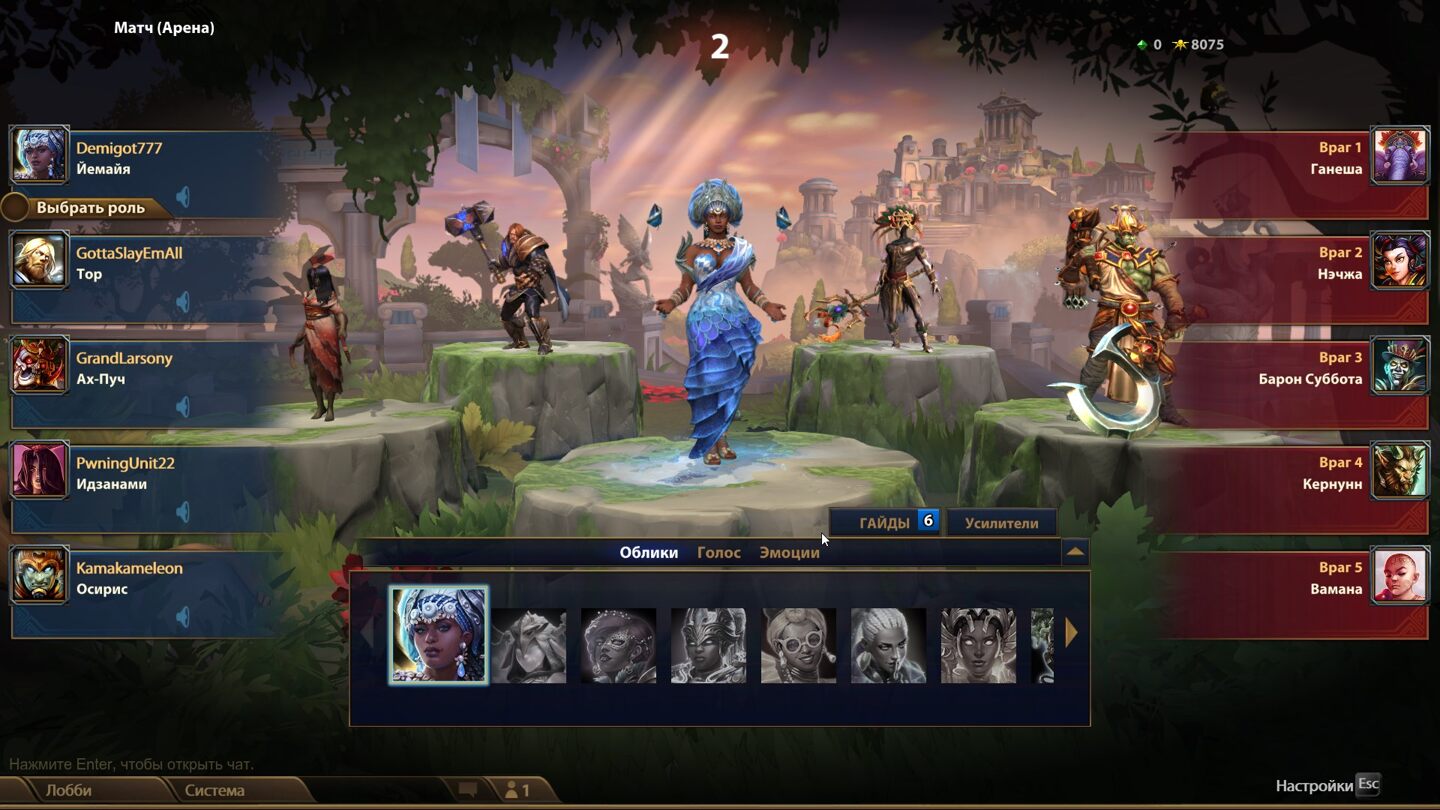
But the most important thing is that when you reach the 30th level of your account and the 14th level of skill, you get access to the rating leagues for the most experienced players - during a month they participate in the season, earn rating points, and at the end of the season they can move to a higher league or, on the contrary, go down to a lower one. There are five types of Leagues: bronze, silver, gold, platinum and diamond.
How it's played
Smite is a very colorful, fast-paced, beautiful (despite the fact that it came out 10 years ago) and addictive game that, importantly for some, has no pay-to-win mechanics. You can only buy cosmetic items, skins, and so on in the in-game store with live money. At the same time, the game is more democratic and accessible than many mastodons of the genre - not only due to the third-person view, but also due to the fact that many things can be automated, such as buying things in the store during matches.
How it's played
Smite is a very colorful, fast-paced, beautiful (despite the fact that it came out 10 years ago) and addictive game that, importantly for some, has no pay-to-win mechanics. You can only buy cosmetic items, skins, and so on in the in-game store with live money. At the same time, the game is more democratic and accessible than many mastodons of the genre - not only due to the third-person view, but also due to the fact that many things can be automated, such as buying things in the store during matches.

At the same time, like any DOTA-like project, Smite requires a pretty serious approach and skill level. You need to thoroughly know the pros and cons of heroes, the peculiarities of each class and each role - depending on which line you play in the same "Conquest". It is also important to act wisely in the jungle and buy the right items.
Such dynamics and serious gameplay ensured Smite's popularity as a cybersport discipline - from the moment of its release to the present day, various tournaments have been held, the main one being the Smite World Championship (the prize pool there reached 2.6 million dollars).
Also the game is still regularly updated and developed. Thus, in 2023, a new god appeared, the fire giant Surtr, there was a crossover with the heroes of Magic the Gathering, rating games became cross-platform, and, in addition, the authors made serious adjustments in items and balance. New events are added regularly, some of which tell about story events in the Smite world.
Such dynamics and serious gameplay ensured Smite's popularity as a cybersport discipline - from the moment of its release to the present day, various tournaments have been held, the main one being the Smite World Championship (the prize pool there reached 2.6 million dollars).
Also the game is still regularly updated and developed. Thus, in 2023, a new god appeared, the fire giant Surtr, there was a crossover with the heroes of Magic the Gathering, rating games became cross-platform, and, in addition, the authors made serious adjustments in items and balance. New events are added regularly, some of which tell about story events in the Smite world.
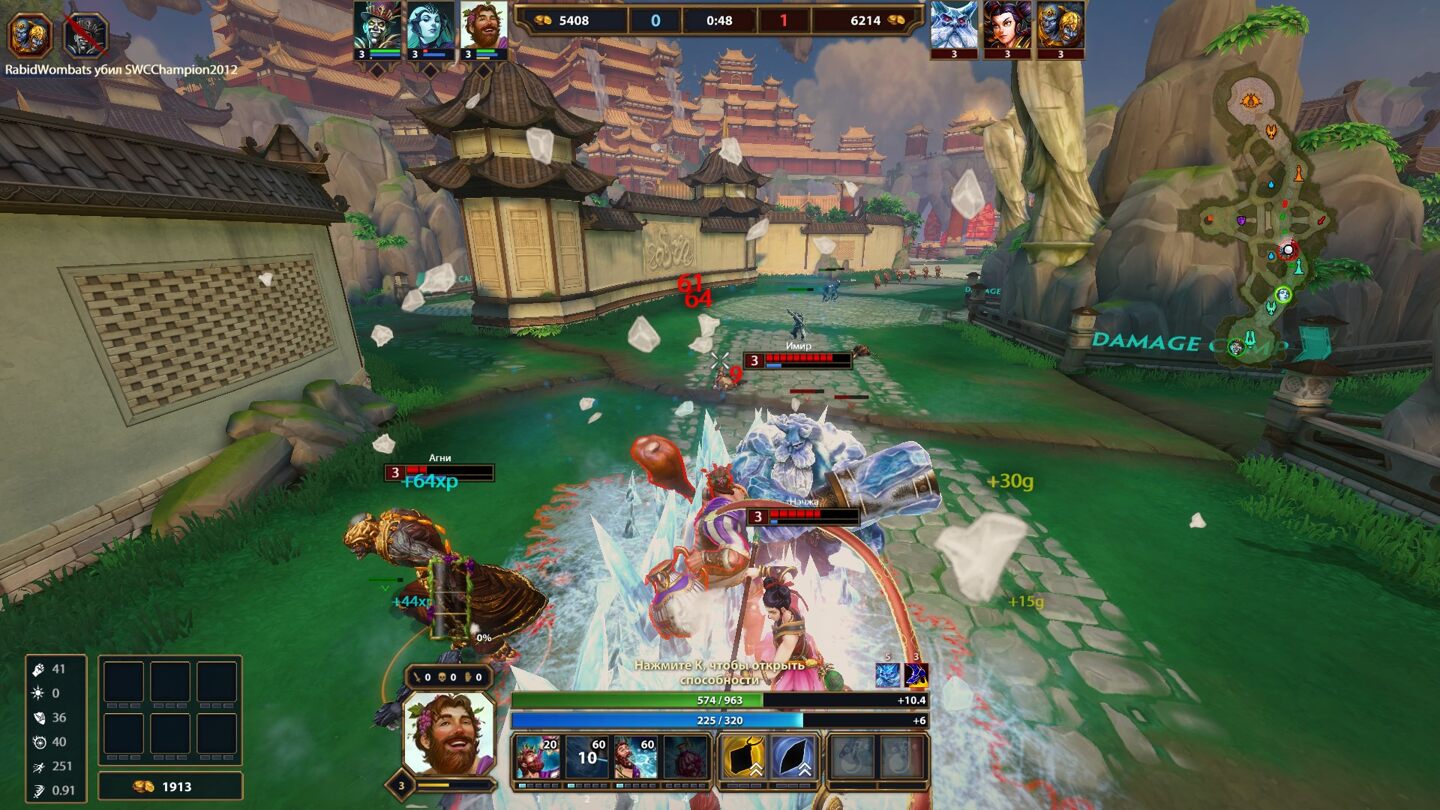
Moreover, at the beginning of 24, a full-fledged sequel was announced, which will enter the beta testing stage in spring. It is known that Smite 2 will differ significantly in the level of graphics - the game is being developed on Unreal Engine 5. The basis of gameplay will remain the same, but some gods will be redesigned from scratch. Naturally, there will be new characters like the goddess Hecate. We will be able to fill all six inventory slots with active items, and the item store will be made more convenient in terms of navigation.
But most importantly, people who have been actively playing Smite will get a lot of bonuses. For example, at the start of the sequel they will get as much currency as they spent in the store during the whole time of their account in the first part. And the system of divine legacy will allow you to get rewards for each year of active play in the original. But if you are a newcomer, you will also be able to get them - to do this you need to complete all the challenges of the current (11th already) season. So now is a very convenient time to start playing Smite - especially since the authors promised to continue its support even after the sequel release.
But most importantly, people who have been actively playing Smite will get a lot of bonuses. For example, at the start of the sequel they will get as much currency as they spent in the store during the whole time of their account in the first part. And the system of divine legacy will allow you to get rewards for each year of active play in the original. But if you are a newcomer, you will also be able to get them - to do this you need to complete all the challenges of the current (11th already) season. So now is a very convenient time to start playing Smite - especially since the authors promised to continue its support even after the sequel release.
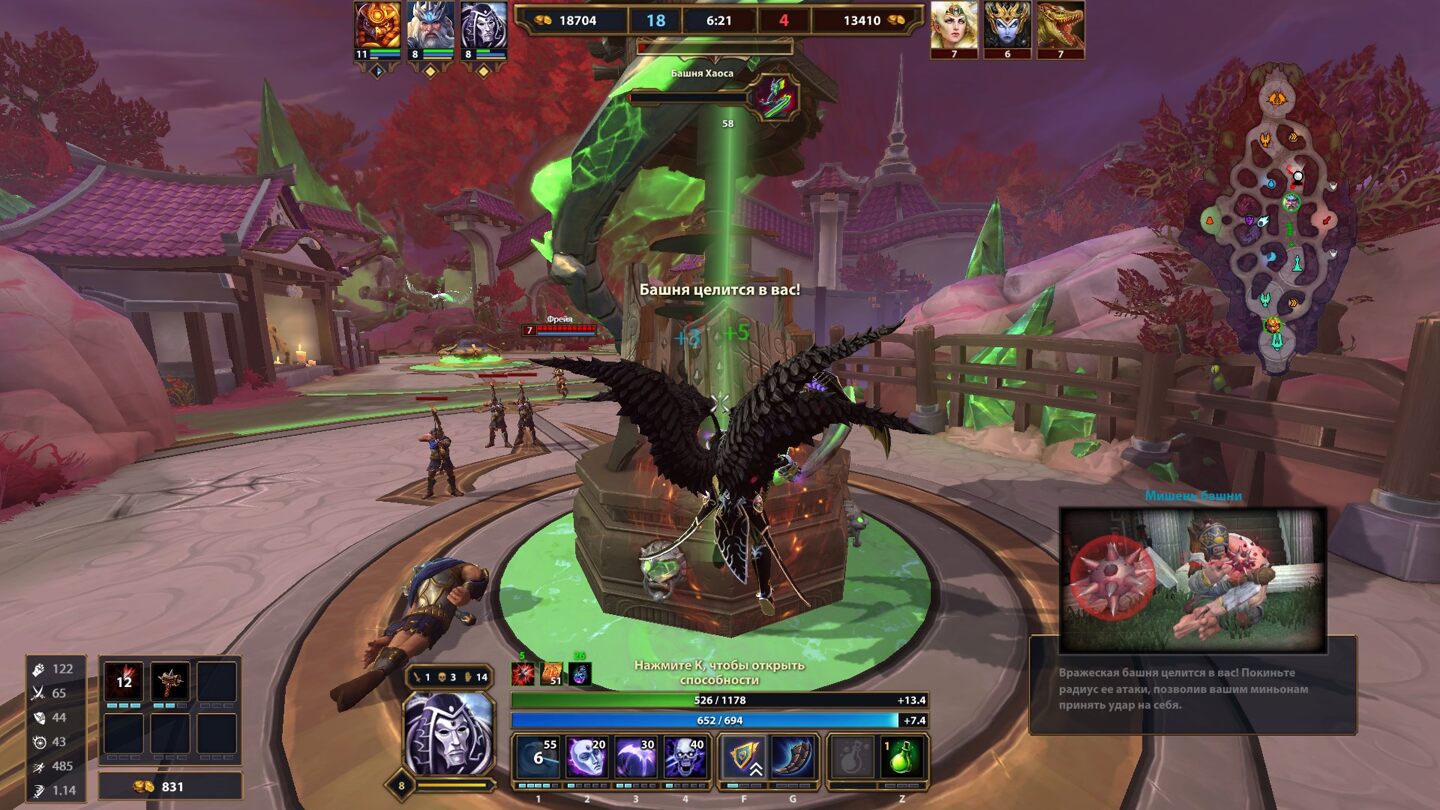
Conclusion
Smite is undoubtedly one of the best MOBA games in the history of the genre. The authors were not afraid to make quite significant changes to the usual mechanics, changing the strategy to third-person fantasy action - it became more accessible, but did not lose the depth inherent in such games. And regular support, the presence of a huge number of colorful heroes and mythological creatures and a serious focus on cybersports ensured the game's long existence and great popularity. To this day Smite is regularly updated, the servers are always full of players willing to play with you, and even after the release of the sequel, support for the original will not stop.
Zarium. May 2024
Zarium. May 2024

